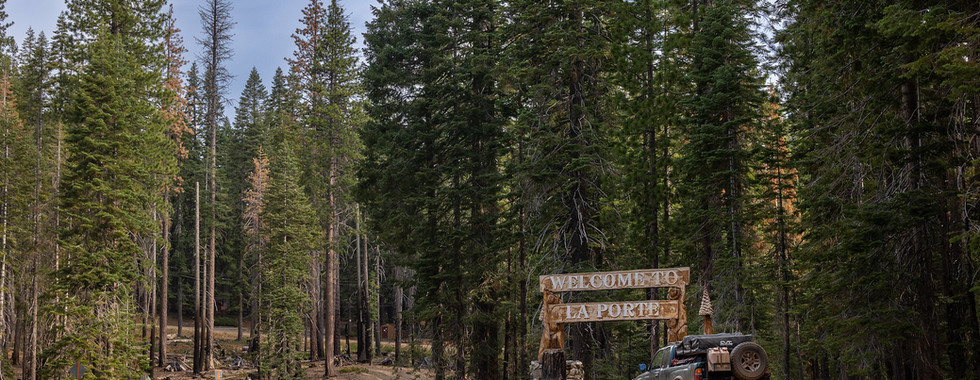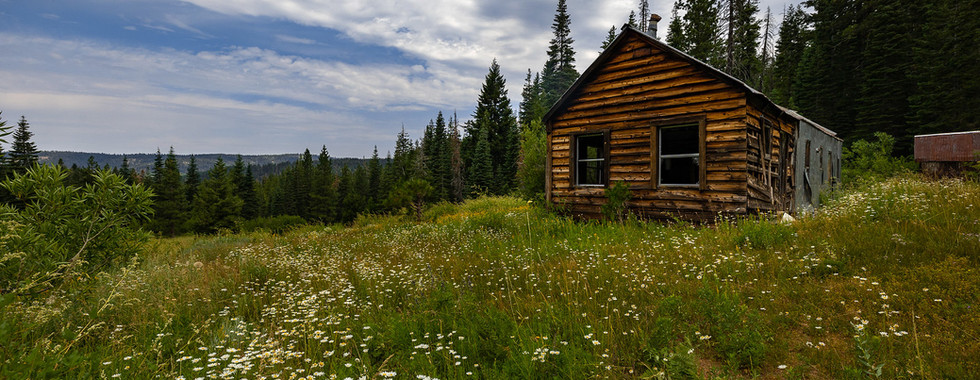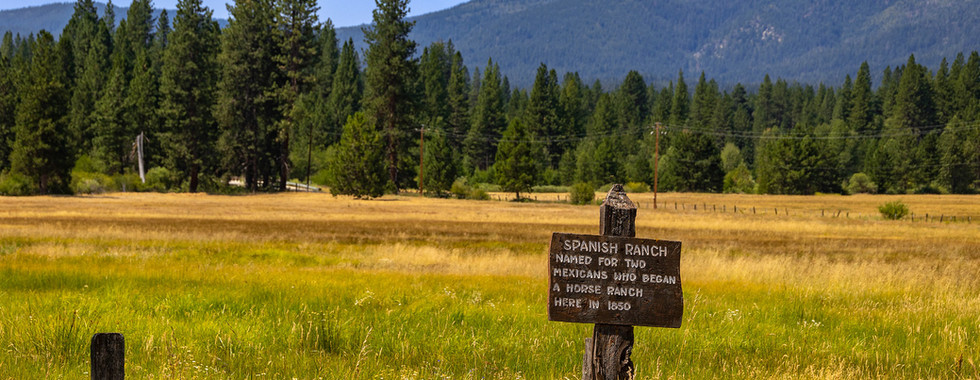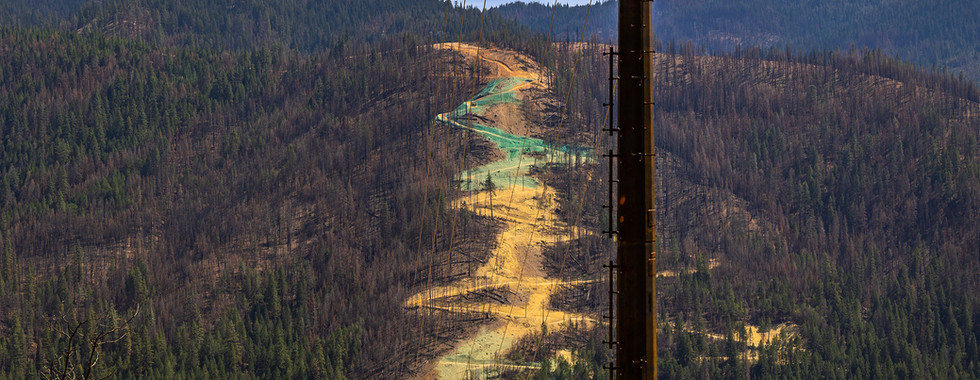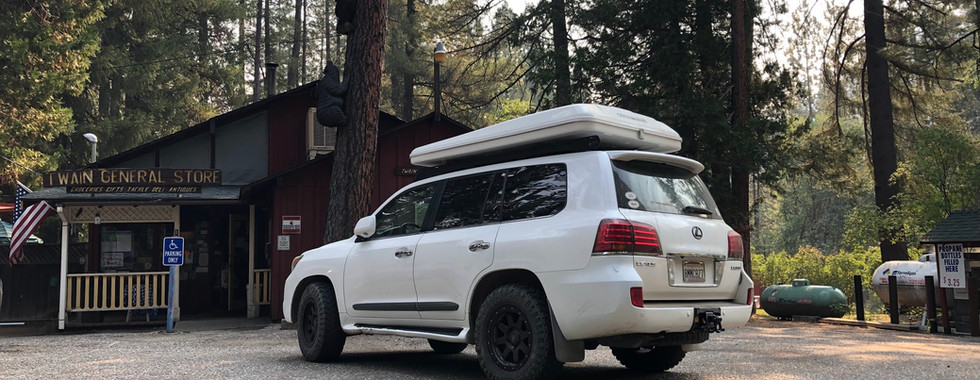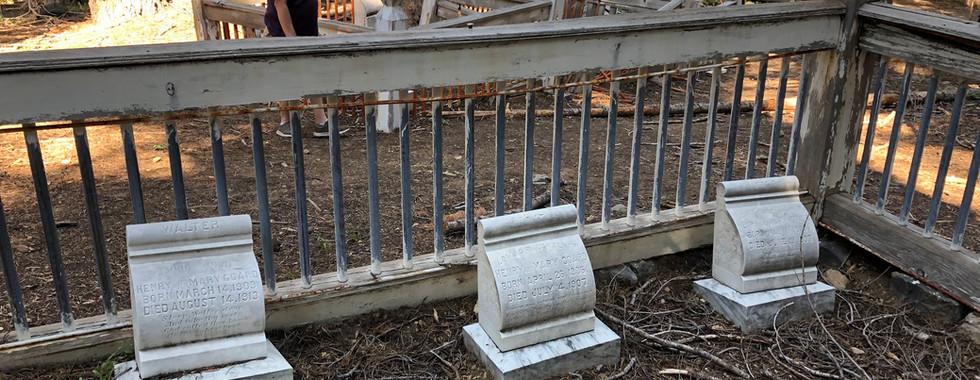Plumas Backcountry Discovery Trail
- OTG Crew
- Jan 16, 2020
- 5 min read
Updated: Jan 25
Unlike Lake Tahoe, and the central and southern Sierra, the northern Sierra is place to get away from the crowds and learn about California's rich cultural history. The hills and mountains of the northern Sierra were once filled with pioneers, miners, and prospectors hoping to strike it rich. While few of these early settlers found the riches they sought, the they did leave behind a rich history of historical relics and tall tales.
Most photos courtesy of Adventure Taco. Be sure to check out the Plumas BDT trip report from Adventure Taco.
Route Overview
Adventure Rating: Epic
Trip Length: 167 miles, 3-4 days
Season: Recommended June - November (check with the Plumas NF for road conditions if its a heavy snowfall year).
Technical Rating: Mostly green with blue sections along Poker Flat Road.
Typical Terrain: Primarily wide dirt forest service roads. Poker Flat is a slow going and rocky jeep trail.
Recommended Vehicle: High clearance SUV or truck with 4 low and all terrain tires.
Adventure Vans: Sprinter 4x4s should be able to manage the route if you start in La Porte, thereby eliminating Poker Flat from the route. Quigleys and Sportsmobiles should be fine on Poker Flat Road.
Alternative Routes: Yes! See bottom of route guide for details.

Adventure Badge: Get your Plumas BDT adventure badge at our online store.
Route Details
The Plumas Backcountry Discovery Trail is one of five California Backcountry Discovery Trails that were created by various National Forests across Northern California. As you may have guessed, the Plumas Backcountry Discovery Trail resides in the Plumas National Forest, an expansive forest covering more than 1.1 million acres across the northern Sierra Nevada. Unlike the Lake Tahoe region and central and southern Sierra, the northern Sierra tends to be light on crowds in comparison. You'll find pristine mountain streams and rivers, crystal clear lakes, mature pine forests, and a land that is filled with relics from the time when miners and pioneers filled the surrounding mountains. With 30 discovery points along the route, there are plenty of opportunities to take in the rich cultural heritage of California's pioneer and gold rush days.
The route begins in the historic mining town of Downieville, which has been revitalized thanks to the many mountain bikers that flock to the surrounding trails every summer and fall. The route ascends a wide dirt road up Saddleback mountain. As you make your way to higher elevation, the majestic Sierra Buttes will come into view-- consider making a pitstop at Saddleback fire lookout for some great photo ops! From Saddleback mountain, the route makes its way towards the historic mining town of Poker Flat. Legend has it, that the town was named after the gold nuggets that were found in the nearby streams that were used as poker chips. Poker Flat OHV road is a slow going and rocky jeep trail that also includes a creek crossing right before Poker Flat OHV camp. Expect to spend 3-4 hours on Poker Flat, before the route returns to the much tamer fire roads and forest service roads along the route. The next leg of the journey passes a number of historic cemeteries, and if you pay attention to your map, you can explore the historic digging sites where prospectors tried to strike it rich. Making your way north from the tiny hamlet of La Porte, you'll pass a number of historic sites, including Nelson Creek, where millions of dollars of gold were extracted from the creek and surrounding hills. The route snakes its way north, crossing the middle fork of the Feather River. Various dirt roads circumvent Claremont peak, with the charming town of Quincy sitting at the base of its northern flank. There aren't a lot of amenities at the northern end of the route, so consider taking advantage of what's available in Quincy (fuel, restaurants, groceries). From Quincy, there are a couple of opportunities to view hydraulic mining sites at Spanish Creek and Bean Hill. Soon, you'll need to cross the mighty Feather river (not one of its tributaries like the middle fork), which is a local favorite for fishing and other aquatic recreation activities. Once you've crossed the main fork of the Feather River, you're on the final leg of the journey. Swiss mine, Rush Creek, and Seneca are all locations rich in mining and prospecting history. It was said that over $9 million worth of gold was taken from Rush Creek. As you make your way past Butt Valley Reservoir, the boundary that separates Plumas from Lassen National Forest will soon approach. The "official" start of the Lassen Backcountry Discovery Trail (and the end of the Plumas BDT), is right at the border where the two forests meet. If you're feeling adventurous, consider continuing your journey north on the Lassen Backcountry Discovery Trail!
Alternative Routes
While not an official alternative route, it is possible to string together the Plumas BDT, Lassen BDT, and Modoc BDT for a truly unforgettable off road adventure though Northern Sierra and Southern Cascades.
Camping Recommendations
Dispersed camping is permitted throughout the Plumas National Forest. While there are numerous campgrounds along the route, the surrounding forest and mountains are filled with loads of great camping spots.
Poker Flat
Little Beaver Campground
Pilot Lake
Meadowplace Campground
Hallsted Campground
Cool Spring Camp
Recommended Points of Interest
The Plumas National Forest is loaded with history from the early pioneers, prospectors, and miners who settled the northern Sierra in the 1800s. There are numerous historical and natural sights that are worth visiting along the route. While we've included the various discovery points in the Google Map and GPX file, we recommend downloading or printing a copy of the official Plumas BDT Guidebook to figure out where you'd like to visit. Some of our favorite places to visit are the historic cemeteries along the route.
Maps + Navigation
>> Always check with local land managers for road closures and conditions.
Recommended Maps
Gaia GPS (USFS 2016 layer, Gaia base layer)
Plumas National Forest Paper Map (available at USGS online store)
Google Maps
Download GPX files
Resources
Land Managers
Other Resources
Gallery
Terms of Use: Should you decide to travel a route that is published on Overlandtrailguides.com, you do so at your own risk. Always take the appropriate precautions when planning and traveling, including checking the current local weather, permit requirements, trail/road conditions, and land/road closures. While traveling, obey all public and private land use restrictions and rules, and carry the appropriate safety, recovery, and navigational equipment. The information found on this site is simply a planning resource to be used as a point of inspiration in conjunction with your own due-diligence. In spite of the fact that this route, associated GPS track (GPX and maps), and all route guidelines were prepared under diligent research by Overland Trail Guides, the route accuracy and current conditions of roads and trails cannot be guaranteed.




